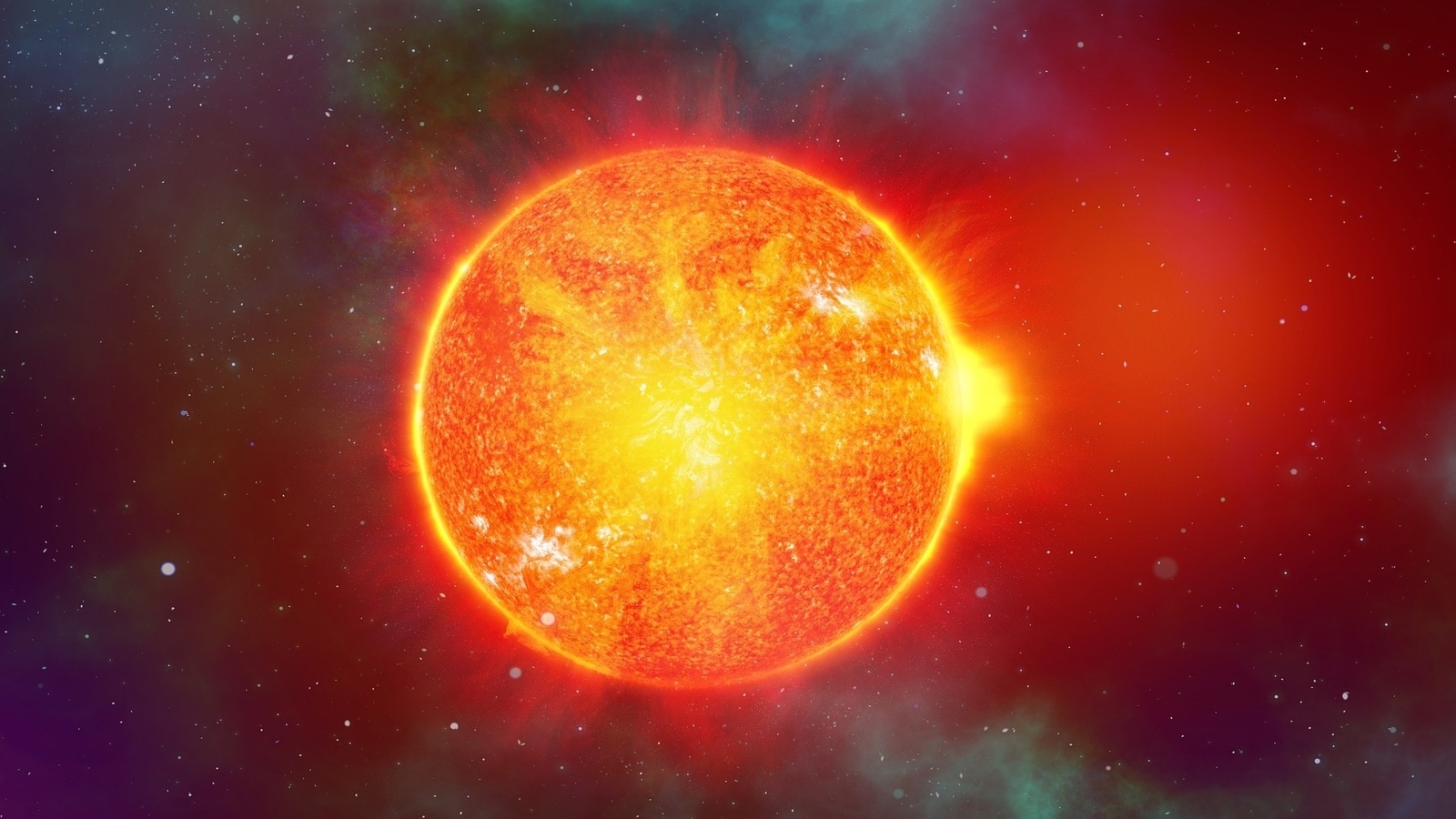Solar storm creates history? Powerful strike sparks RARE auroras in Peru
In what is believed to be one of the first instances of aurora lights in low-latitude regions, the weekend solar storm triggered extremely rare red auroras in Peru, which is located just under the equator.

There are some things we know about solar storms. First is that they strike the Earth near the polar region, due to the magnetic field lines of our planet. We also know that this is why auroras are primarily seen in the high latitude regions, as due to high concentrations of charged particles in the atmosphere, oxygen and nitrogen get ionized and create these fantastic colors. As the charged particles move down south, the charged particles dissipate and auroras are not visible. However, the solar storm strike on the night of November 5 and early morning of November 6 might well have created history after sparking auroras as far south as the equator itself.
Tamitha Skov, a renowned space weather physicist who has previously worked with NASA, shared this information on an X post and said, “History in the Making? This G3-level #solarstorm, may have produced the incredibly elusive, low-latitude "sporadic aurora" as evidenced by this anecdotal report of #aurora in Peru. It was captured on video and several commenters confirm they saw it too”. Along with the post, she shared a video where the evening sky in Peru can be seen turning pink-red.
Solar storm sparks aurora beyond the equator
We have seen G3-class storms earlier this year, as well as last year. These are always troublesome as they can damage electronics. Last year's G3-class geomagnetic storm downed 40 of Elon Musk's Starlink satellites, and earlier this year, it led to oil rigs in Canada being forced to shut down operations. While this weekend's storm did not trigger any such incidents (that we know of so far), it did something far more incredible.
There is a reason why solar storms are not seen near the equator, and that's because the magnetic field lines here are strong and moving towards the poles, so CMEs or solar winds do not find an entry point. Once these charged particles enter through the polar region, they come in contact with the gases in the atmosphere and burn up the charge ionizing them, creating the spectacular aurora.
However, this particular solar storm was able to send the solar particles beyond the equator to the South American nation of Peru. This can happen either because the charge was too intense, or because the mass of the CME was too great to be contained in high and mid-latitudes. Either way, it broke the conception that equatorial regions are safe from solar storms.
Catch all the Latest Tech News, Mobile News, Laptop News, Gaming news, Wearables News , How To News, also keep up with us on Whatsapp channel,Twitter, Facebook, Google News, and Instagram. For our latest videos, subscribe to our YouTube channel.





























